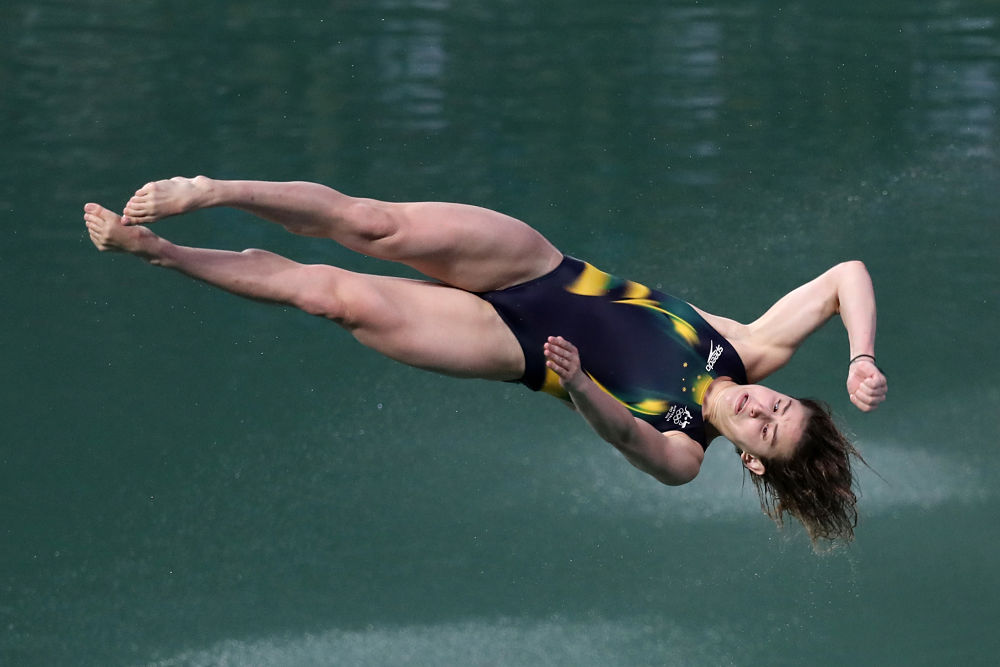Maddison Keeney Advances to 3m Springboard Final
Diving: Women’s 3m Springboard – Semi Final
Athlete: Maddison Keeney
Venue: Maria Lenk Aquatic Centre
Western Australian Maddison Keeney has qualified for the final of the women’s 3m springboard after finishing fourth in the semi-final on Day 8 if the 2016 Rio Olympic Games.
Across the entire competition the scores were lower than yesterday’s preliminary final with both Keeney and Qin disappointed with their dives today but relieved to have made the final.
“Lucky that no one else had a good day as well the scores from today were much lower than yesterday,” said Keeney.
“I finished ninth yesterday and my score was 10 or 15 points higher so that is a reflection of how the whole competition field was but I am sure everyone else like me is looking to do better tomorrow.”
Keeney was required to score well in her final dive to guarantee her a place in tomorrow’s 12-woman final and was confident going into the last round.
“I can usually do it pretty well in training so it wasn’t like it was just a fluke I just wish that I had of used that as a follow up rather than a saviour dive to get into the Finals but I am happy that I have done what I needed to do,” she said.
Keeney is making her debut at Olympic level and won a bronze medal earlier in the competition schedule in the 3m synchro – competing with Anabelle Smith.
Outside of competition, the big talking point at the Maria Lenk Aquatic Centre has been the water quality. The Rio 2016 Organising Committee today provided some clarity on the water condition at the pool.
“On day four of the Games, the water turned green. We investigated the cause of that and found that there are two main sources that could have potentially turned the water green. It could be a combination of both, but we can’t be certain because the chemicals that made the water green are already gone.
“We investigated and found that on the day of the Opening Ceremonies of the Games, 80 litres of hydrogen peroxide was put in the water. This creates a reaction to the chlorine which neutralises the ability of the chlorine to kill organics. This is not a problem for the health of anyone. We have an electronics system that measures the amount of chlorine in the water because chlorine is what kills the organics. This electronic management system was betrayed by the chemistry that was inserted manually by one of our contractor’s operators. Our contractor’s failure is our failure.
“What happened was that the electronics system found that the chlorine amount was OK in the water. The problem was that the chlorine in the water was somewhat neutralised. It was asleep and not killing organics.
“Due to the insertion of 120 athletes in the diving tank and the extended period of time the athletes of water polo stay in the water, the amount of organics in the water grew.”
The three-metre springboard final will be held tomorrow.
Jo Banning
olympics.com.au

